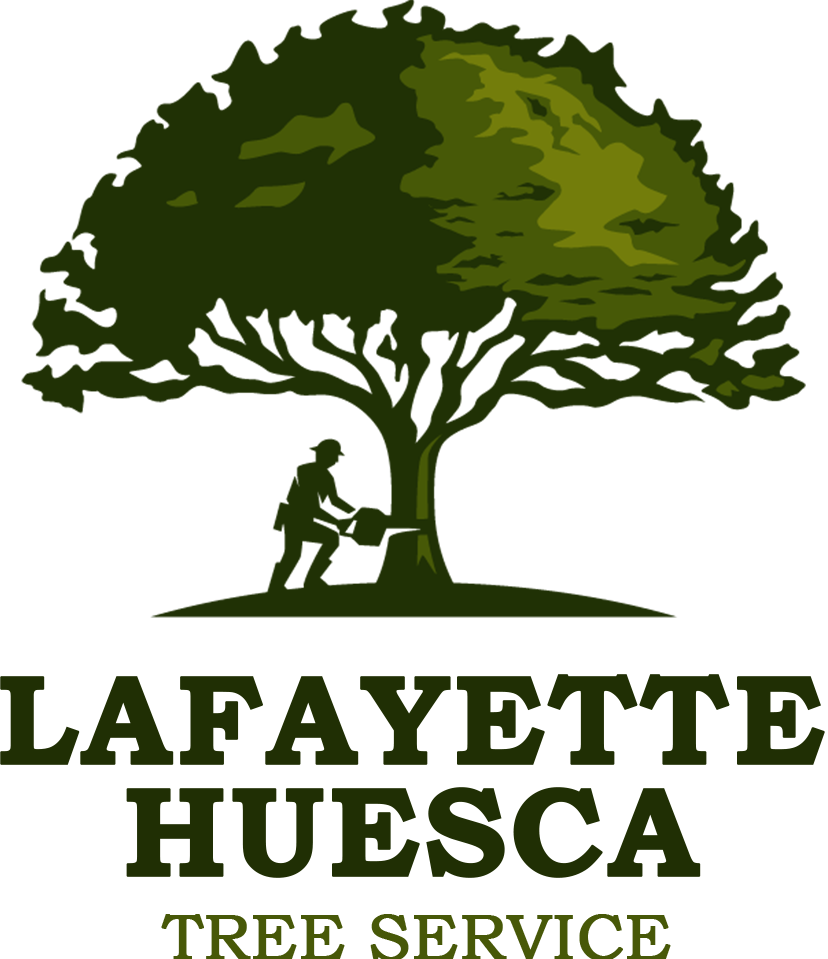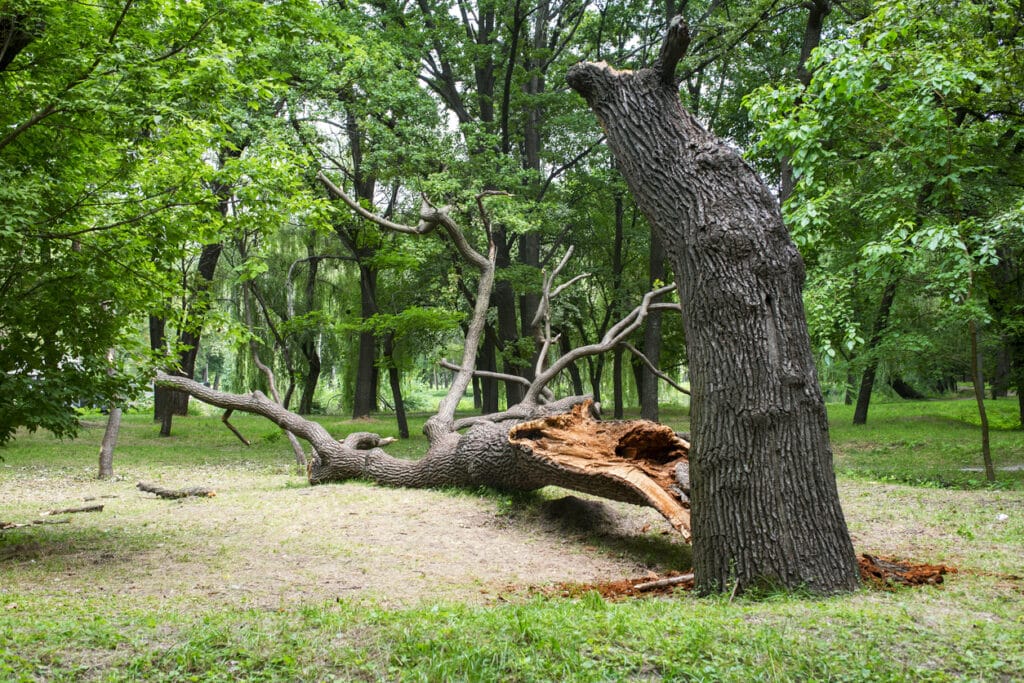Trees are an essential part of our environment. They provide a place for wildlife to live, produce oxygen, and furnish protection against soil erosion. To create a beautiful and thriving landscape, you need to take care of your trees.
Diseased trees are a problem for your yard and the environment. Allowing diseased or dead trees to remain can increase the fire risk, create safety hazards, and make it harder for desirable plants to grow. A dead tree is also more likely to attract insects or disease, which may spread to surrounding healthy trees. There are obvious signs to watch for.
1. Loss of Foliage
Trees need leaves for photosynthesis. The leaves also help protect the tree from the sun. Without leaves, the tree is vulnerable to extreme temperature fluctuations. The loss of foliage may be due to disease, insect infestation, wind damage, drought, or other factors. The loss can also be a natural part of a tree’s yearly cycle. It is essential to know what kind of tree you have, whether the shedding is normal, and how long it should last. Check with your local tree service.
2. Dead Branches
A few dead branches are perfectly normal. Healthy trees shed them as part of the growing process. However, if you see several dead branches, it may be an indication that your tree is dying. Check for signs of decay, like soft, mushy, or hollow sections in the bark. Also, look for holes in the wood and soft or corky areas. Test how easy it is to break off a branch to indicate whether the tree is healthy or diseased. If a branch dies, it will be weak and easy to break. To protect your trees, cut off the dead branch where it connects to the tree. You can also hire a tree service to trim the plant.
3. Rot or Fungus
Rot and fungus are common causes of decay. Rot will look like brown or gray fuzzy patches with irregular borders on the branches and trunk. Areas of decay often attract insects, and you may also see holes in the bark where insects have been chewing. The roots may also have rotted, which would cause a tree to fall over or lean in one direction. Fungi usually grow in areas that are damp and have poor air circulation. Signs include a sticky surface, a musty odor, and discolored leaves.
4. Signs of Root Damage
Roots are essential for anchoring the tree to the ground and transporting water and nutrients from there throughout the plant. If the roots are damaged, the tree may die. Some signs of root damage include a leaning or tilted trunk, cracking in the soil around the tree, or a tree that seems to be struggling to grow. The roots may be damaged by a lawn mower or other tools.
Don’t try to remove a sick or dying tree yourself. Contact Lafayette Huesca Tree Services for all your tree removal needs in Lafayette, IN. We will assess the situation and determine the best action to protect your property.







